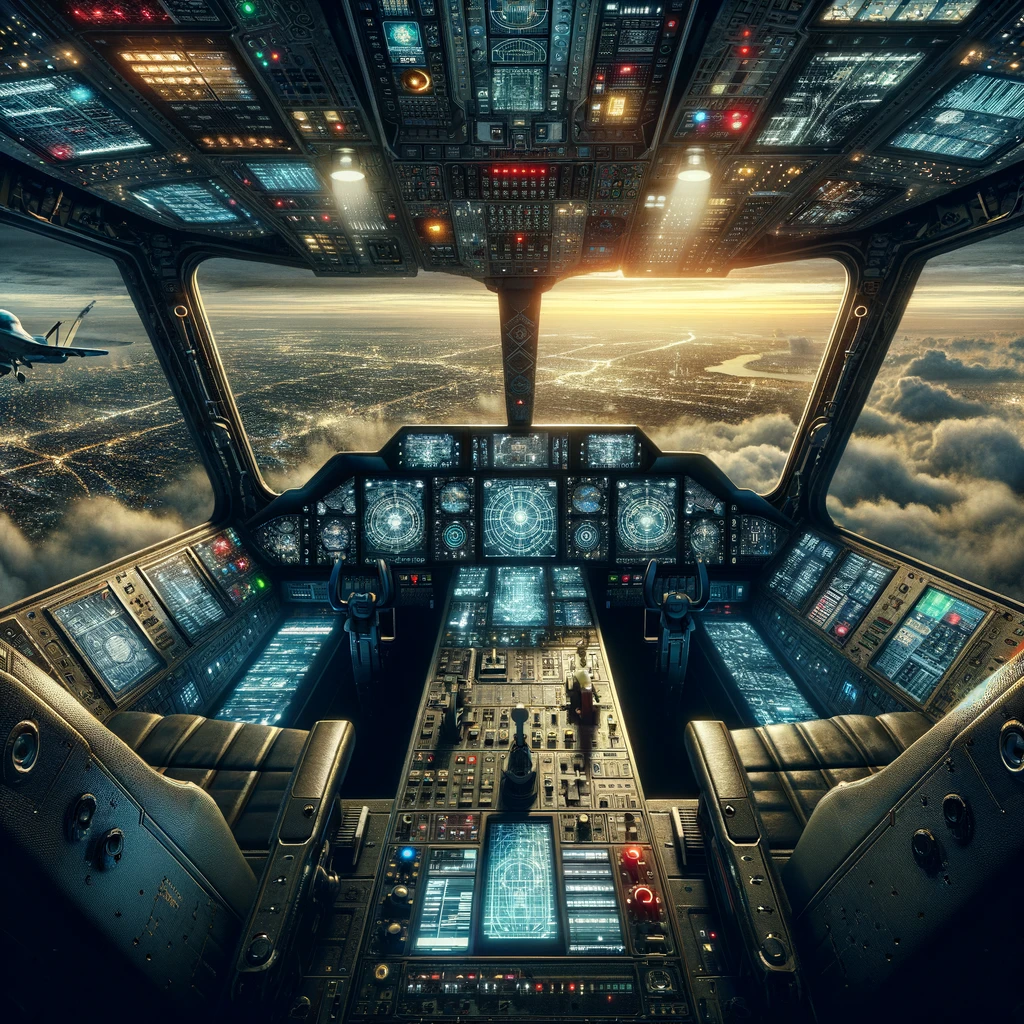In a landmark event underscoring the growing influence of artificial intelligence (AI) in military aviation, DARPA’s AlphaDogfight Trials in August 2020 witnessed a watershed moment as an AI algorithm, developed by Heron Systems, decisively outmatched a human F-16 pilot in a simulated dogfight, marking a pivotal moment in the future of airpower. This event has ignited discussions surrounding the potential of AI-controlled aircraft to reshape the dynamics of aerial warfare, with implications for strategic planning, policy decisions, and the very nature of combat operations.
The AI revolution in airpower
Advancements in AI technology are poised to usher in a new era in airpower, offering unprecedented capabilities and operational efficiencies. AI-simulated unmanned aircraft hold the promise of outperforming manned fighter jets in crucial areas such as speed, maneuverability, and reaction time. Also, the cost-effectiveness and safety advantages of unmanned systems present compelling arguments for their widespread adoption. Yet, the realization of this potential hinges on overcoming technological challenges, navigating policy landscapes, and addressing ethical considerations.
The continuous development of AI algorithms and machine learning techniques is driving the evolution of unmanned aerial systems (UAS). By analyzing vast amounts of data and adapting in real-time to changing circumstances, AI-controlled aircraft can enhance their performance and effectiveness. Also, advancements in sensor technology and autonomous navigation systems are enabling UAS to operate in increasingly complex environments with minimal human intervention.
Challenges ahead with AI-controlled aircraft
While AI systems demonstrate remarkable capabilities, they also present unique challenges and limitations. The complex nature of warfare demands a nuanced approach that integrates classical principles with emerging technologies. Human-machine teaming emerges as a pragmatic strategy, leveraging the strengths of both humans and AI to achieve optimal outcomes. However, questions linger regarding accountability, decision-making authority, and the psychological dimensions of combat. As the march of technology continues unabated, the future of airpower remains at the intersection of innovation and tradition.
The integration of AI into military operations raises profound ethical and legal considerations. Concerns about autonomous weapons systems and the potential for unintended consequences have prompted calls for robust regulations and international agreements. Balancing the imperative for technological advancement with the imperative for ethical conduct presents a formidable challenge for policymakers and military leaders alike. Also, ensuring transparency and accountability in AI-driven decision-making processes is essential to maintaining public trust and confidence in military institutions.
As the debate rages on regarding the future trajectory of airpower, one question looms large: Can AI-controlled aircraft truly replace manned fighter jets, or will they serve as complementary elements in a broader ecosystem of military capabilities? The answer lies not only in technological advancements but also in the willingness of nations to embrace change while preserving the essence of human expertise in the art of warfare. In this evolving landscape, the quest for dominance in the skies unfolds against a backdrop of innovation, uncertainty, and strategic imperatives.





